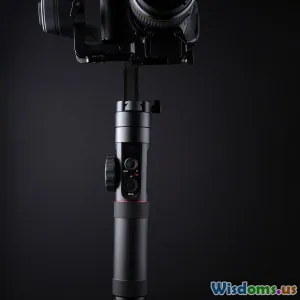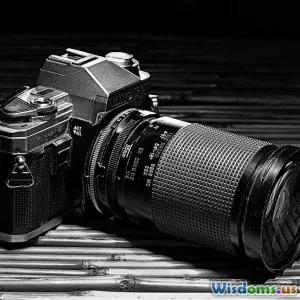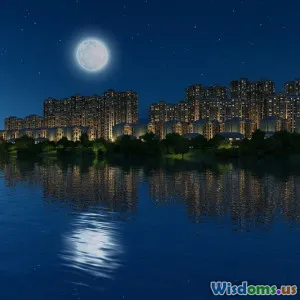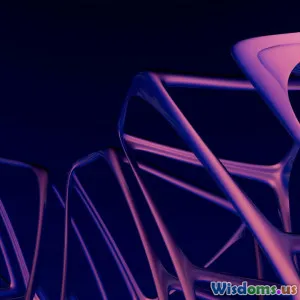
Creating Cinematic Mood with Practical Lighting Tricks
19 min read Learn how to create cinematic moods using practical lighting techniques for film and photography. (0 Reviews)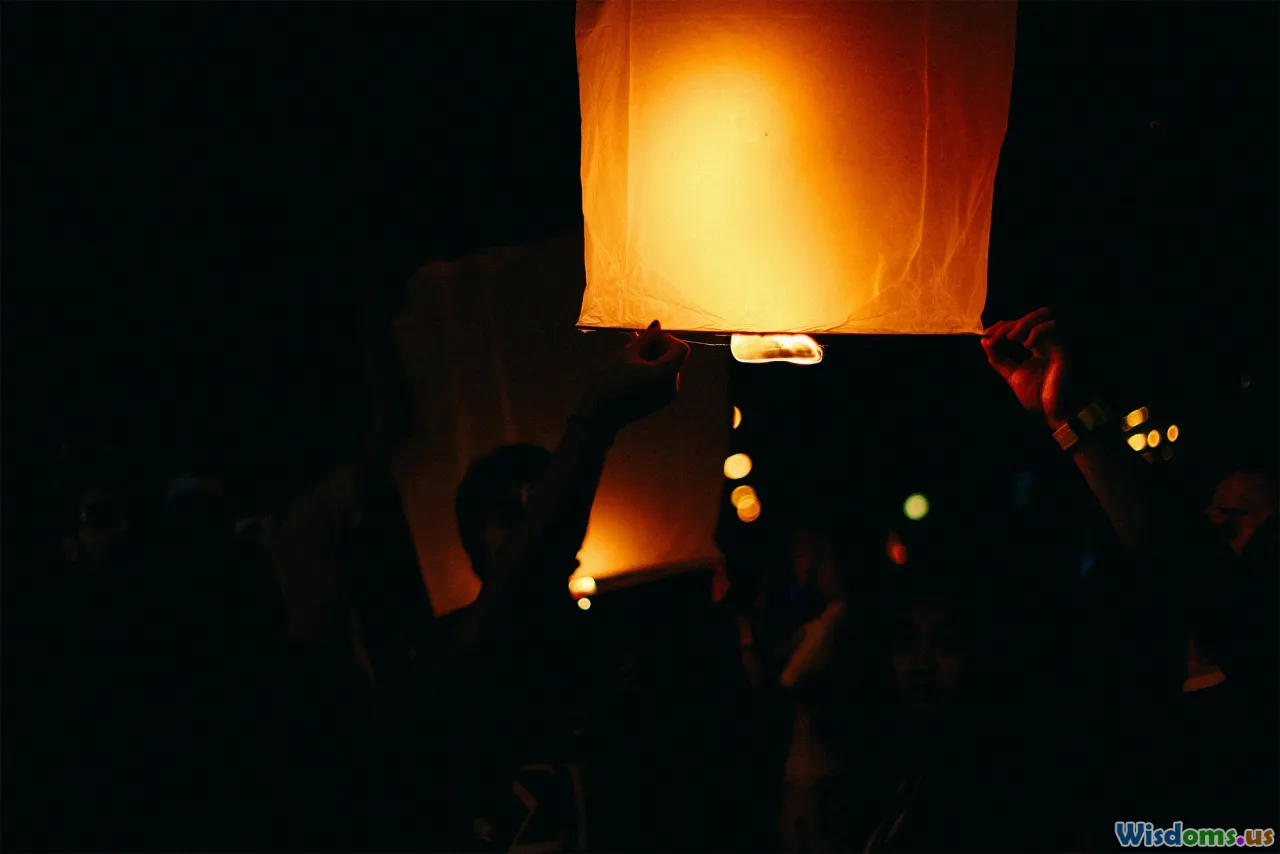
Creating Cinematic Mood with Practical Lighting Tricks
Nothing evokes emotion, frames a narrative, or immerses viewers quite like the spell cast by cinematic lighting. While on-set magic often conjures images of thousand-dollar lights and massive rigs, the secret weapon behind striking, memorable scenes is often a thoughtful application of practical lighting. Whether you're an indie filmmaker, content creator, or a passionate photographer, learning to sculpt mood with budget-friendly, real-world lights opens new worlds for storytelling.
The Essence of Mood: Why Practical Lighting Matters

Cinematic drama isn't just about what you shoot; it's about how you light it. Practical lighting refers to visible light sources like lamps, candles, TVs, or streetlights that exist within the scene itself. Unlike hidden studio lighting rigs, practicals provide believable, narrative-driven illumination. Their impact is twofold:
-
Story Integration: Practical lights justify unusual or stylized lighting in a natural way, letting filmmakers sidestep the artificial look of some traditional setups. Consider the neon-drenched diner in Nicolas Winding Refn's Drive, or the haunting candlelit halls in Kubrick’s Barry Lyndon—each light source tells its own story.
-
Emotional Resonance: Mood is defined by contrast, color, and the quality of illumination. A solitary desk lamp in a dark room implies isolation or focus. A table full of flickering candles evokes warmth and intimacy. These emotional cues are heightened with careful practical choices.
Real-World Example: In season one of Stranger Things, the infamous wall of alphabet Christmas lights wasn’t just a plot device. The small, colorful bulbs cast a supernatural, dreamy vibe across each frame, underscoring both the sense of wonder and the menace of the Upside Down.
Choosing the Right Practical Lights for Your Mood
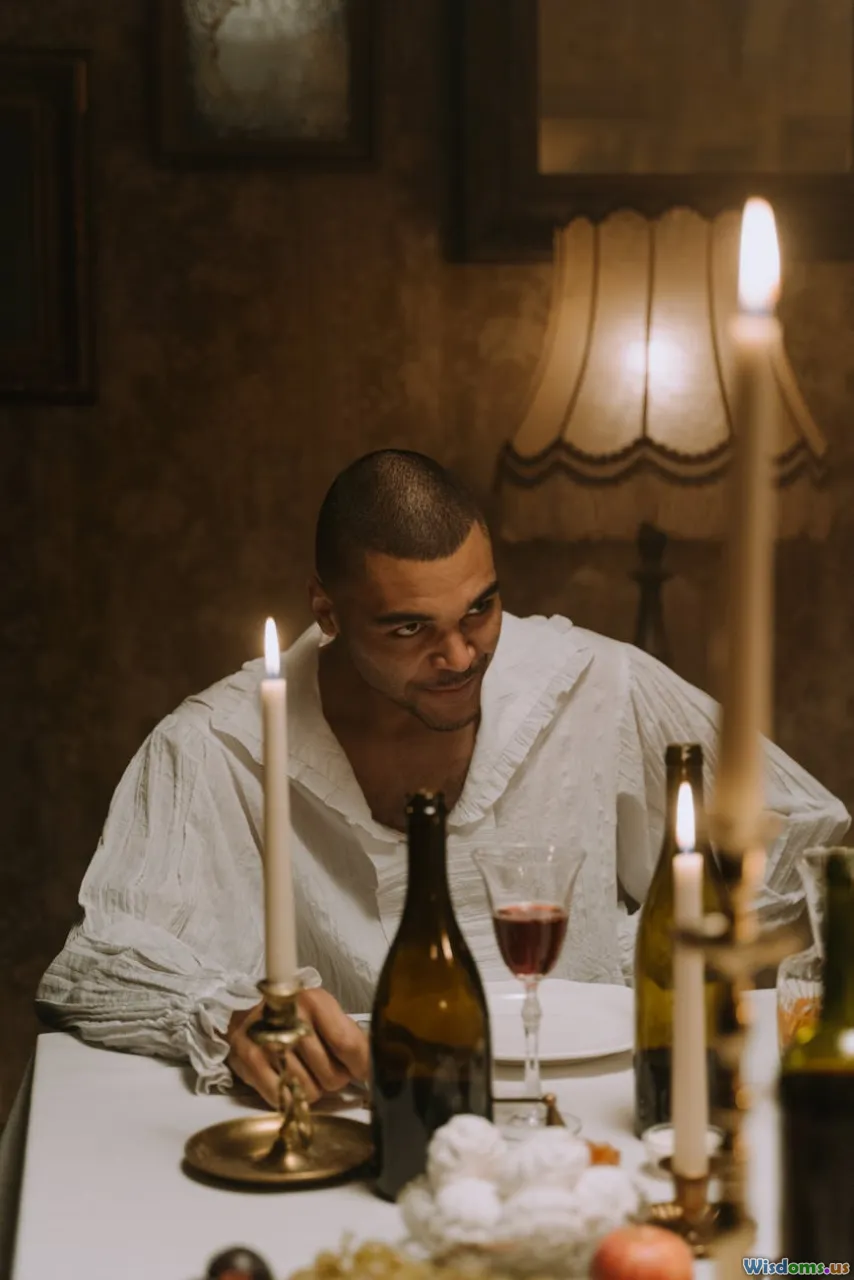
Not every light source creates the desired mood. It pays to match your practicals to the world and emotion you want your audience to feel.
1. Table Lamps for Intimacy and Focus
A simple table lamp pools warm light, carving out islands of coziness amid an ocean of darkness. Think of the home offices in Se7en, or the lonely hotel rooms in Lost in Translation. Utilize lampshades and different bulb wattages to tune intensity and spread. Low-wattage, tungsten-colored bulbs create a gentle fall-off—perfect for scenes heavy with introspection.
2. Candles: The Original Mood Setter
Before LEDs and fluorescents, cinematic artists painted with candles. They offer:
- Color Warmth: A soft, orange glow mimicking firelight
- Angle Play: Flickering flames shift shadows constantly, great for tension and unpredictability
- Period Authenticity: Many historic dramas (see The Witch or Kubrick’s opulent Barry Lyndon) rely entirely on candles for their period authenticity.
Safety tip: Always use real candlelight with a fireproof environment, or opt for LED candle replicas that simulate flicker.
3. Neon and LEDs for Atmosphere
Modern urban stories and sci-fi tales often rely on the spectral hues of neons and LEDs. Films like Blade Runner 2049 and Euphoria push these colors to amplify otherworldliness, youthful energy, or psychological unrest. LED strips tucked behind furniture or fixtures can bathe whole rooms in surreal, saturated tints.
Pro Tip: In scenes meant to highlight emotional conflict, try supplementing cool neon blues with a single, isolated practical (such as an incandescent reading bulb) to add a subtle tension between colors.
Shaping Practical Light: Modifiers and Accessories
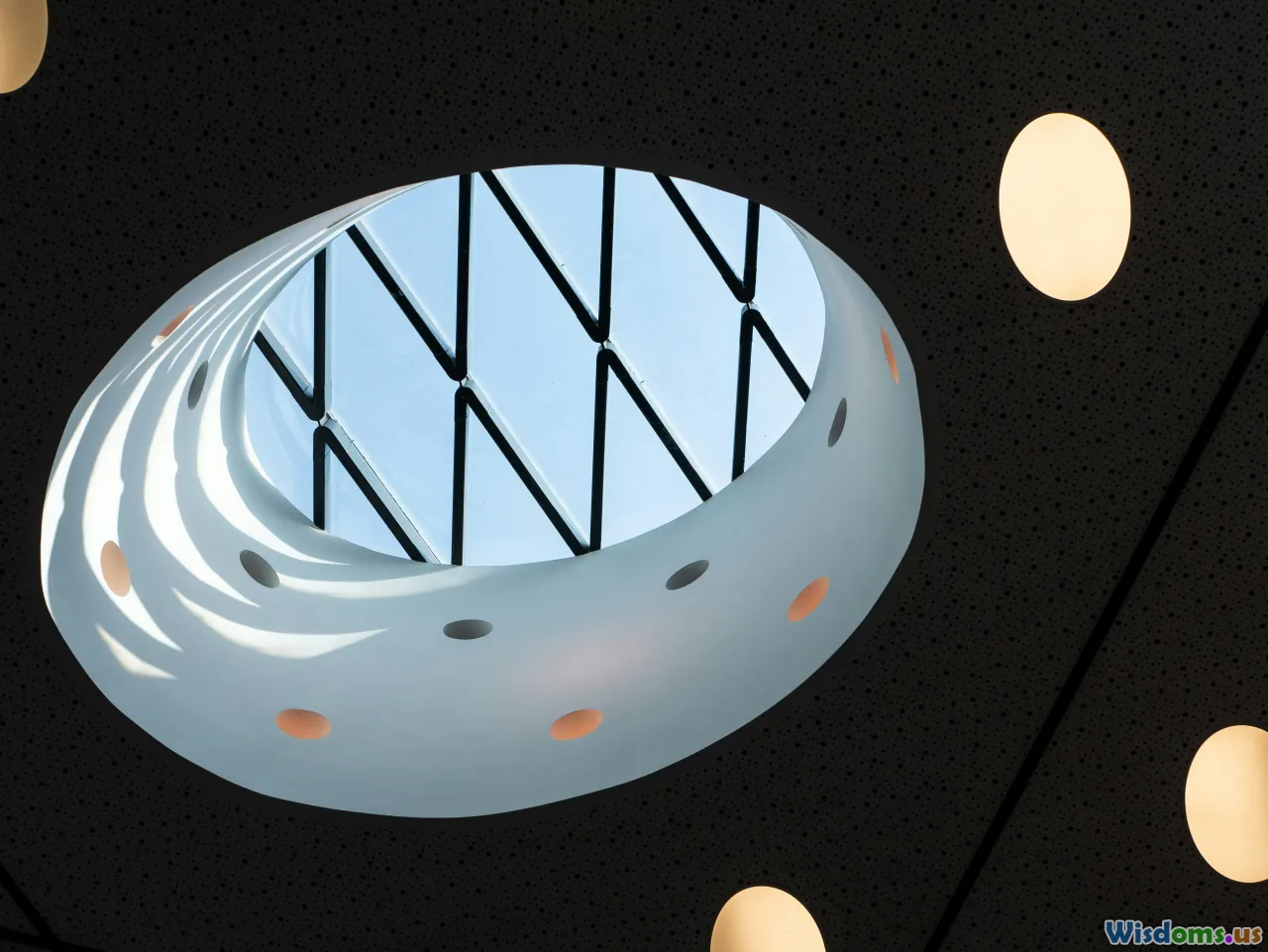
Simply placing a lamp or candle isn’t enough. Real magic comes from controlling, shaping, and refining that raw, often unruly practical light.
Diffusion for Softness and Dreaminess
Harsh, unfiltered bulbs can cause ugly hotspots or unflattering shadows. Top techniques for softening include:
- Lampshades: Classic and effective for diffusing bare bulbs.
- Diffusion Materials: White fabrics (even cheap parchment paper, if used safely) can be draped over or around practicals for a dreamy, gentle look.
- DIY Modifiers: Try a white balloon or frosted cupcake wrapper over a small LED for close-ups that need eye-safe, cozy light.
Flagging and Directing with Simple Tools
Use household objects to guide or block spill from practicals. Cardboard, blackwrap foil, or folded napkins can prevent lamp light from flooding unwanted areas, isolating the subject and deepening mood. Strategic placement allows you to highlight a subject while backgrounds recede into gentle halos of illumination.
Bouncing Light: Amplifying Without Visible Sources
Want broader fill light without adding more lamps? Prop foam boards, white towels, or even glossy hardcover books at angles facing your practicals. These reflect and spread light softly, evoking the feeling of morning sun bouncing off painted walls.
Color Temperature: The Palette of Emotion
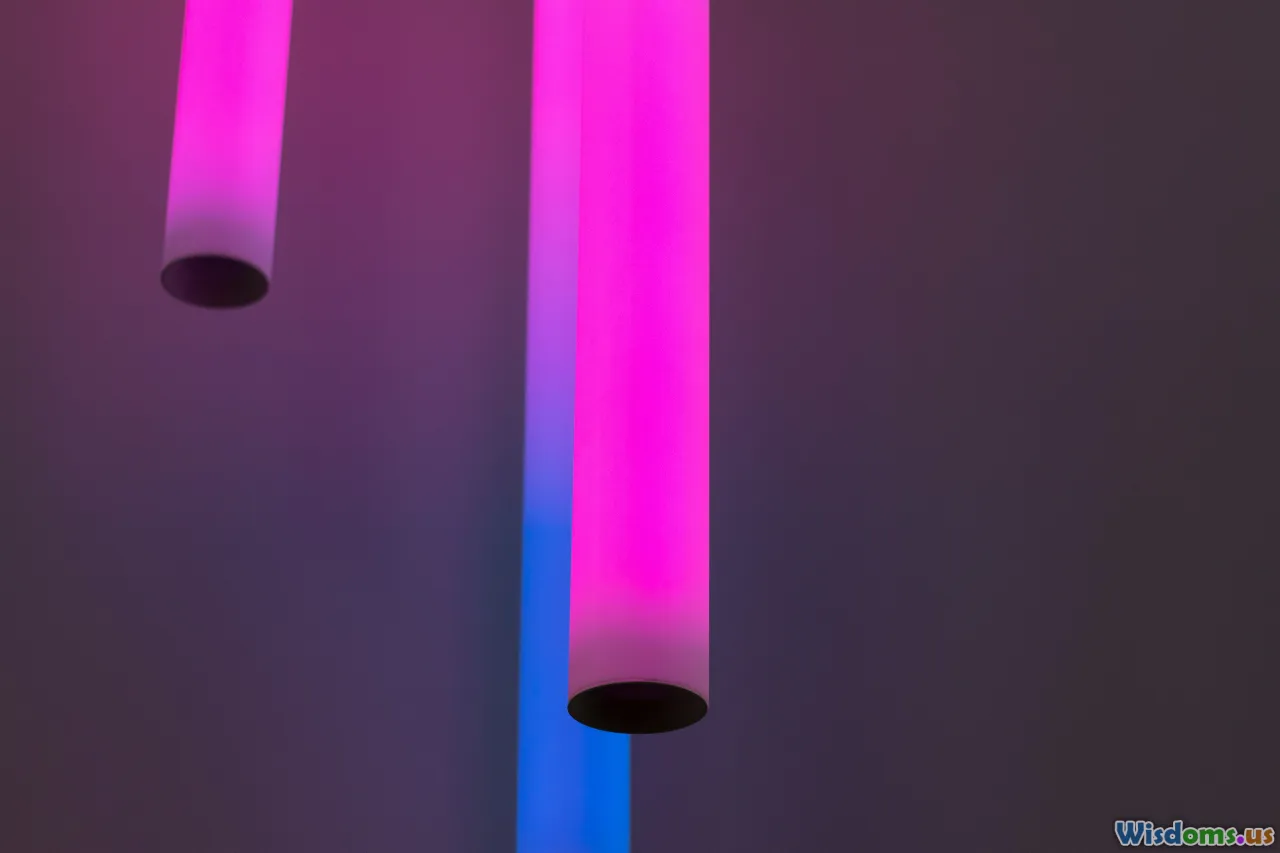
The colors of your practicals subconsciously shape how scenes feel:
- Warm Tones (Tungsten, Candles, Incandescents: 2200-3200K): Comforting, nostalgic, romantic, or oppressive (as in an over-lit interrogation scene).
- Cool Tones (Fluorescents, Daylight or Cool LEDs: 5000-6500K): Clinical, detached, sterile, sometimes ominous.
- Mixed Colors: Daring color juxtapositions—a blazing orange lamp next to a frosty computer screen—forge tension, disorientation, or duality, as seen in Drive or Moonlight.
How-To: To alter the warmth or coolness of your practicals, use clip-on color gels or even simple colored cellophane. This allows precise mood shaping scene by scene without costly, high-end gear.
Notable Example:
In In the Mood for Love, director Wong Kar-wai’s use of scratchy red and emerald green practicals—such as hallway lights and overhead fixtures—infuses each frame with forbidden passion and longing, achieving expressive storytelling through palette alone.
Real-World Application: Practical Lighting on a Budget
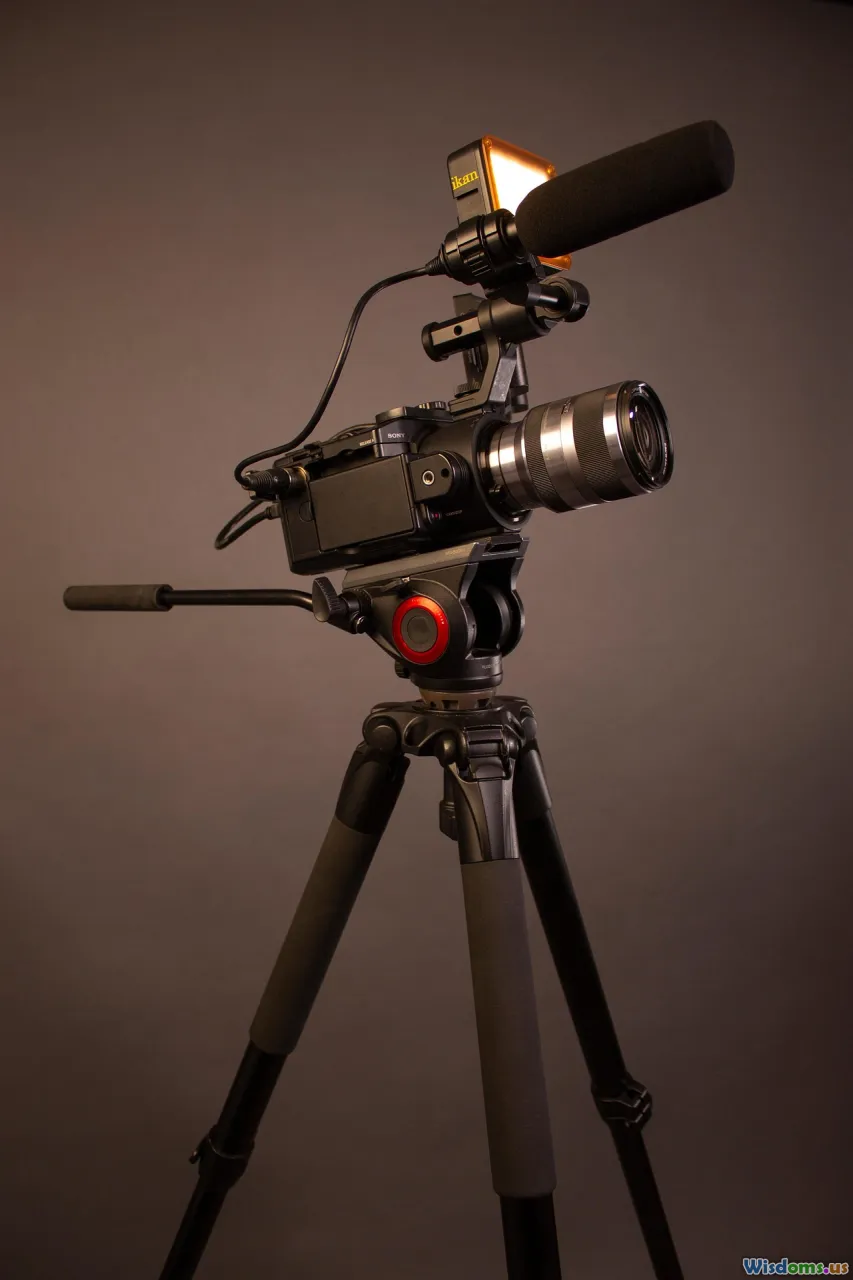
You don’t need Hollywood resources to use practical lighting effectively. With creativity and resourcefulness, any space can be transformed:
- Household Lamps: Thrift stores are goldmines for interesting fixtures. Mix old and new styles for variety.
- Fairy Lights and String Bulbs: Drape along shelves or headboards for soft glows. Ideal for dreamlike, memory-focused scenes (see Her or Eternal Sunshine of the Spotless Mind).
- Smart Bulbs: WiFi-controllable bulbs let you dial in color temperature and intensity on the fly. Experiment with shifting hues inside a scene for subtle emotional shifts.
- LED Pucks/Tap Lights: Hide within props (like a fake book stack or inside a drawer) to produce motivated eye-lights or background glows.
Case Study:
Short Film: "Solitude’s Window" (2022) A 6-minute indie drama shot in a one-bedroom apartment. The filmmaker used just two lamps from Goodwill (with parchment diffusers), a $10 LED strip behind a curtain for night-city ambiance, and candles lit on camera. The result was a textured, emotive visual space—at under $60 for lighting.
Cinematic Techniques: Motivating and Balancing Practicals
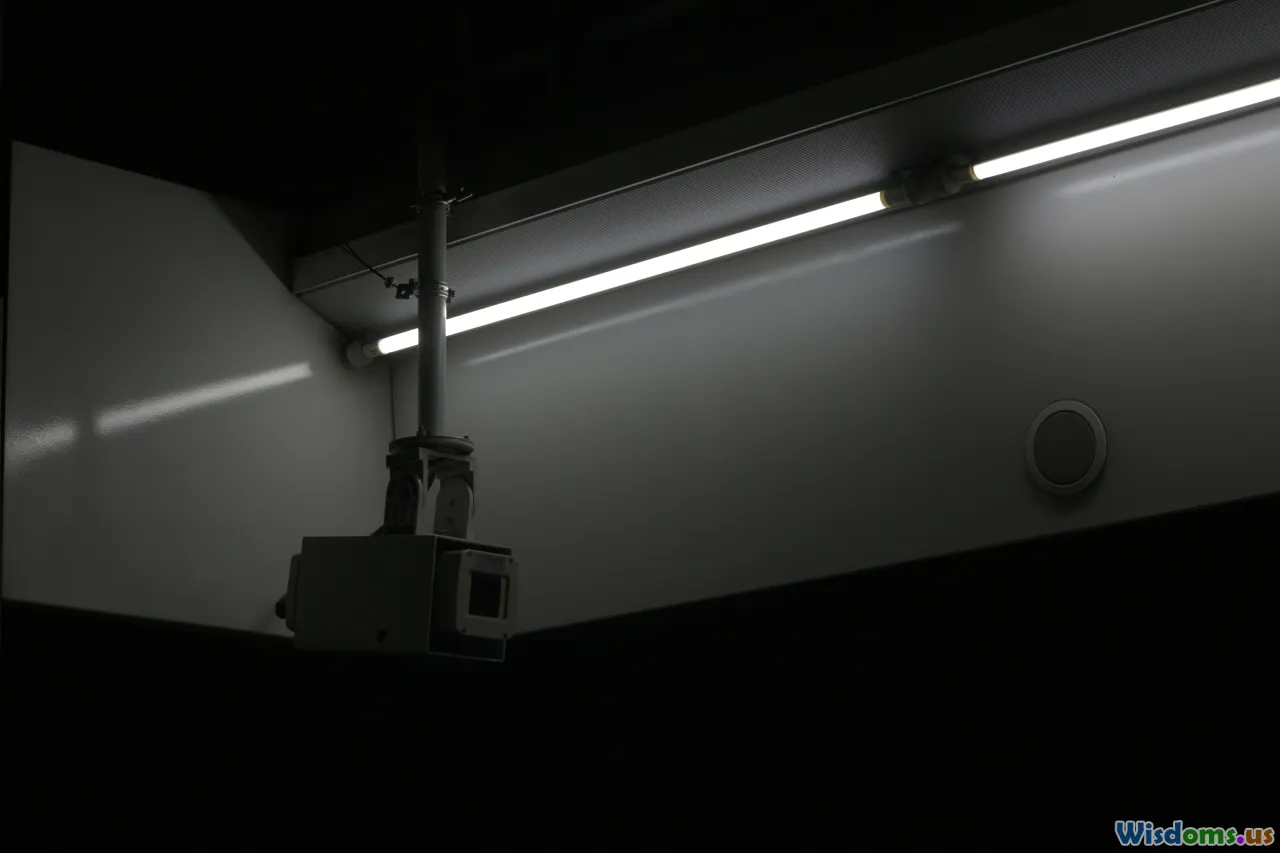
Setting a lamp on a table looks natural, but what matters is why it exists in your scene and how it interacts with the motivated world:
Motivated Light
This refers to practical lighting being the visible source purportedly lighting your subject. Ensure that shadows, angles, and strength appear consistent with what the audience sees. If a lamp is on your character's right, design broader frontal fill (even with a hidden bounce card) to sell the effect.
Balancing Exposure
Practicals can blow out highlights or distract if not balanced. Steps to keep control:
- Dimming: Use inline bulb dimmers or low-wattage bulbs for a gentler look.
- Flagging: Shield the camera side of a lamp with a small card out of frame to avoid lens flares or excessive glares.
- Negative Fill: Place black foamcore or fabric off-camera opposite your practical to deepen shadows, creating a starker high-contrast effect (a favorite trick in Film Noir).
Pro Tip: If the practical is casting too broad a light or reflecting undesirably, insert a practical lamp dimmer plug, sold inexpensively at hardware stores, to dial back intensity until it matches your scene’s mood.
Advanced Layering: Combining Lighting Sources for Depth
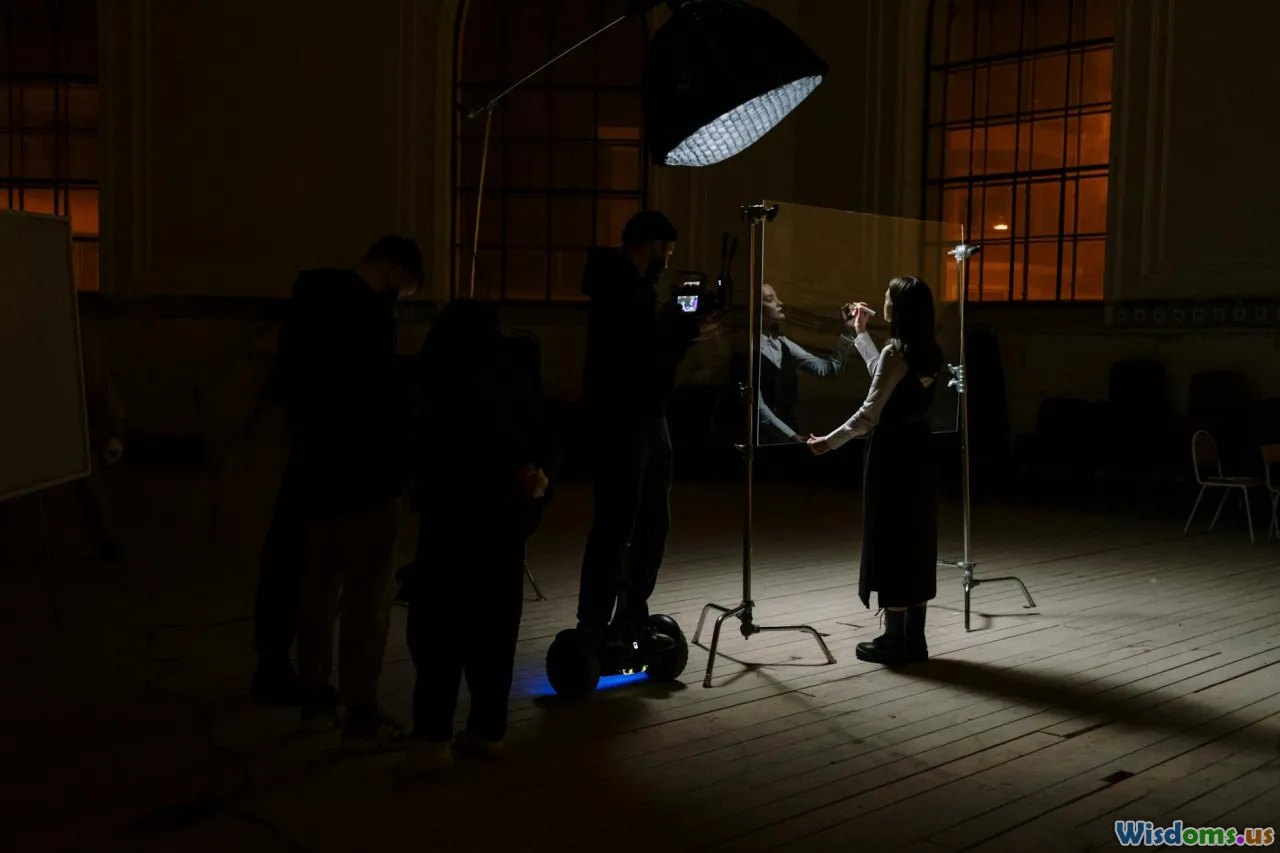
Professional cinematographers rarely use just a single light per scene. Effective layering involves combining:
- Key Practical: The dominant, visible light driver (lamp, neon, etc.)
- Supplemental Fill: Non-visible lights or bounces to lift shadows, maintaining believability while shaping faces and backgrounds.
- Background Accents: A second practical—such as a hallway sconce or decorative fairy light—adds separation and depth, helping the subject pop.
Layer Example:
- The Social Network: David Fincher’s frequent use of desk lamps as key practicals, backed by subtle, motivated soft fill, casts Eduardo and Mark in brooding warmth while cooler, ambient dorm lights enhance separation.
- 1917: Roger Deakins masterfully staged sequences where flares, lanterns, and burning oil drums all motivated multiple lighting layers, transforming ruined cityscapes into visceral battlegrounds.
Dialogue and Blocking: Let Light Steer Your Story

Amazing lighting becomes brilliant when it complements character movement and dialogue. As you block scenes, allow your practicals to shape performance:
- Interactive Light: Characters who turn on a lamp, light a cigarette, or dim a chandelier create real, tactile shifts in mood. These actions double as emotional punctuation. Marriage Story’s opening, with sunlight shifting as curtains are drawn, shows how light movement aligns with evolving dialogue.
- Strategic Placement: Position tables or seating so actors are half-lit by a practical, leaving room for shadow—the visual equivalent of hidden subtext.
- Framing with Negative Spaces: Strong practicals often cast dramatic pockets of shadow. Let actors move in and out of these spaces to underline moments of revelation, concealment, or emotional transformation.
Tips and Pitfalls: Mastering Practical Lighting for Mood

Even experienced filmmakers stumble with practicals. Keep these best practices and warnings in mind:
Tips
- Test Before Rolling: Use your phone’s camera to preview practical output. Eyes adjust to light differently than sensors, so what seems dim or moody might resolve as blown-out or murky in footage.
- Cable Management: Hide wires and plugs for an uncluttered frame. Tape them down or run along baseboards. Safety matters, too!
- Color Congruity: Coordinate practical bulb colors for intentional palette shifts. Avoid mismatched warm and cool light—unless the script or psychology demands visual contrast.
- Embrace Imperfection: Occasional lens flares, minor flicker, and rolling bands from older bulbs are artefacts that, when used with care, lend authenticity or nostalgia.
Pitfalls
- Overexposure: Bright practicals can dominate exposure, flattening skin tones and spoiling the mood.
- Cheesy Motivations: Avoid placing practicals for mere illumination; they need narrative or stylistic purpose (e.g., not a floor lamp randomly sitting in an empty hallway).
- Neglecting Shadow Play: Flat, even lighting reduces drama. Use practicals to exploit and deepen shadow, especially for genre stories.
Evolving Technology: Smart Bulbs and RGB Revolution
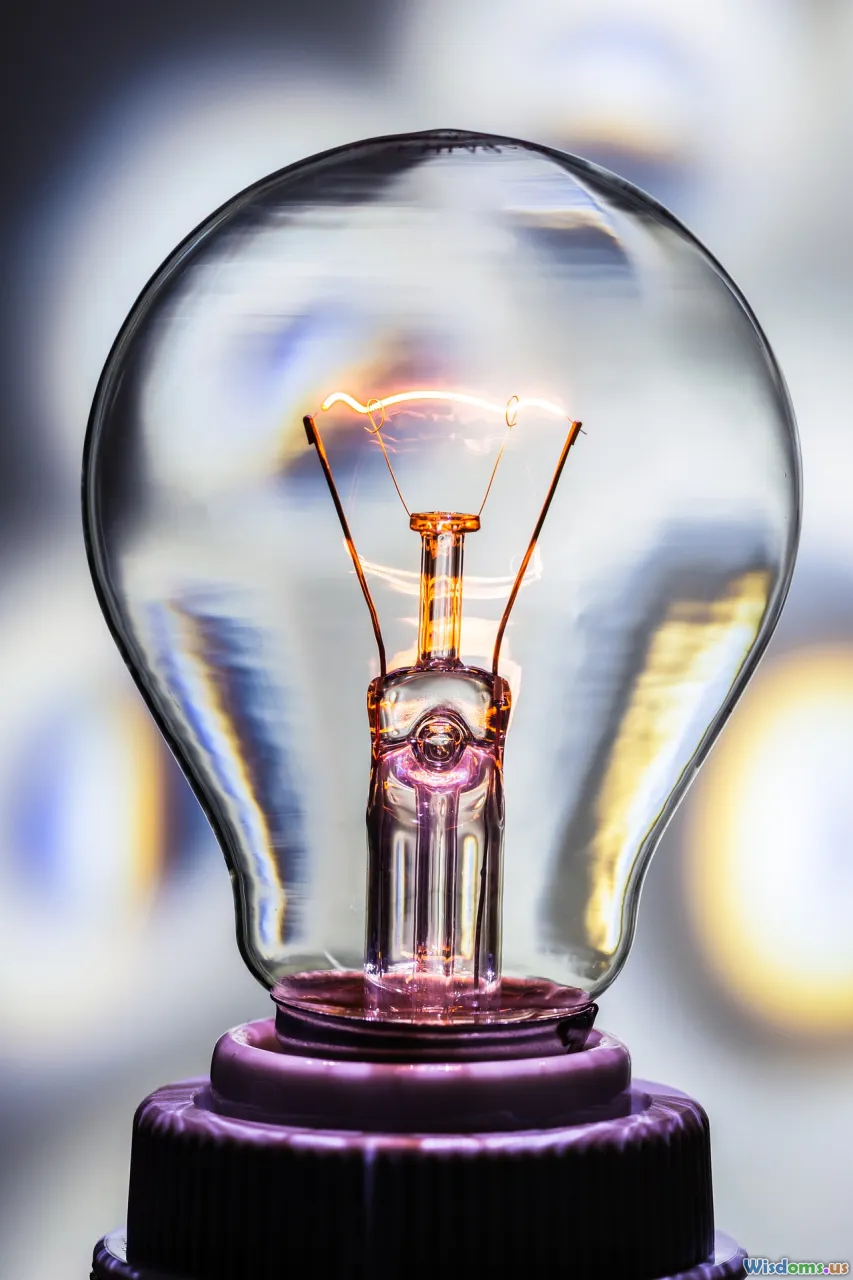
Digital technology expands the toolkit of practical lighting. Smart bulbs by brands like Philips Hue, Nanoleaf, or LIFX enable wireless color temperature adjustments, preset color shifts, or syncing lighting changes to music cues. For both filmmakers and content creators, these pave new avenues:
- Dynamic Color Changes: Create emotion shifts in real time with script-driven color cues.
- Mobile App Control: Light hard-to-reach set pieces remotely or change color mid-scene.
- Accessible Experimentation: Try RGB modes for musical sequences or supernatural transitions—without lugging heavy gels or hiring electricians.
Example: Youtubers in the "lo-fi chill" scene often program their as-seen practicals to cycle through gentle purples or golds across a shoot. The effect? Cozy, hypnotic visuals perfect for music-driven, ambient content.
Visual Storytelling: Practical Lighting as Character
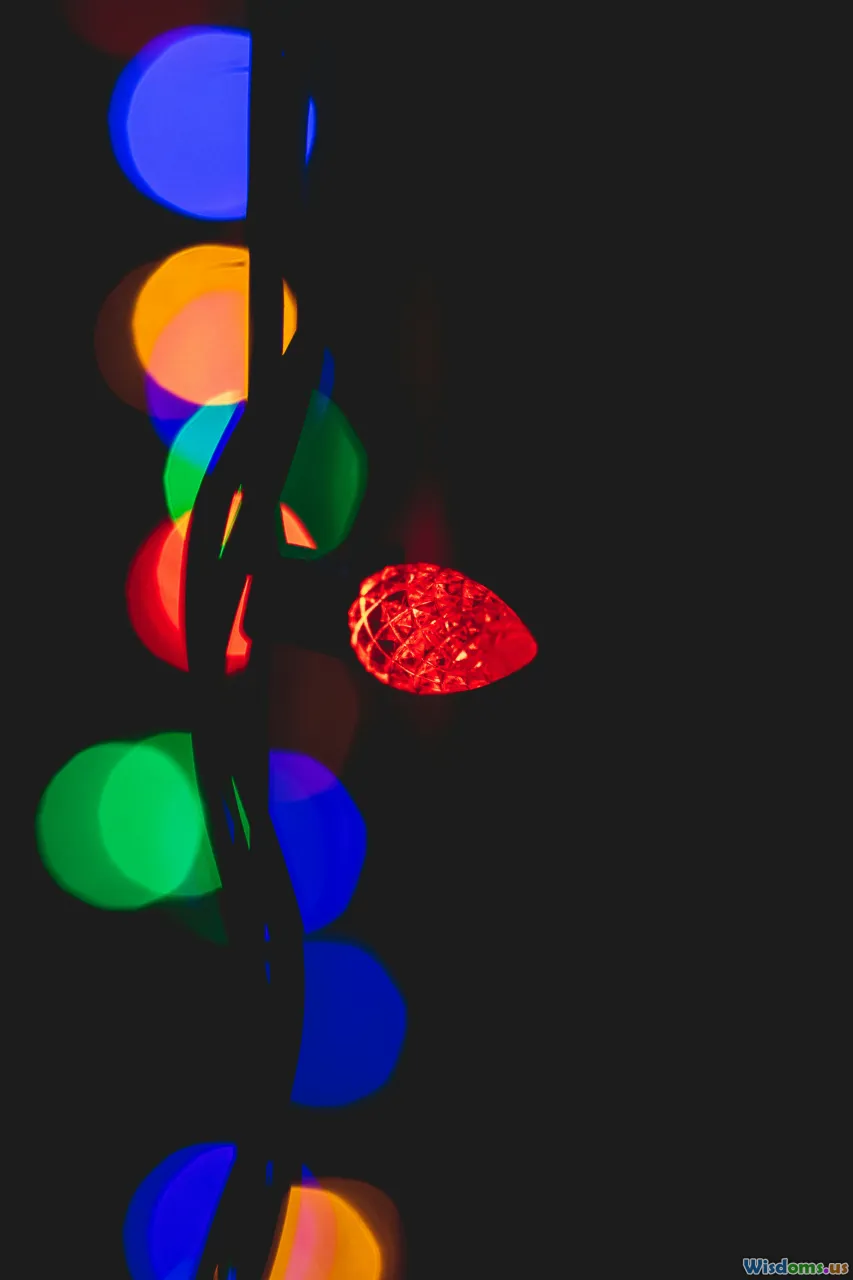
Ultimately, practical lighting should not simply “light the room” but express meaning. The placement, intensity, color, and interplay with shadow all serve as narrative language.
Consider how, in Paul Thomas Anderson's There Will Be Blood, rooms are bathed in dim lamp glow, faces half-lost to darkness, underscoring a character’s moral ambiguity. Or how the LED strips in youthful environments (e.g., Euphoria) vibrate with reckless energy, visually expressing the psychodynamics of the characters.
Brilliant practical lighting means listening to the story, then letting small, visible sources elevate mood and shape emotional impact. It’s artistry born of intentionality—and, sometimes, sheer resourcefulness.
Whether you’re stockpiling thrifted lamps, stringing up affordable fairy lights, or building your own modifiers from scratch, leaning into practical lighting unlocks worlds with the flick of a switch. Your next cinematic masterpiece may require nothing more than the right bulb—and the right touch.
Rate the Post
User Reviews
Other posts in Lighting & Grip
Popular Posts










